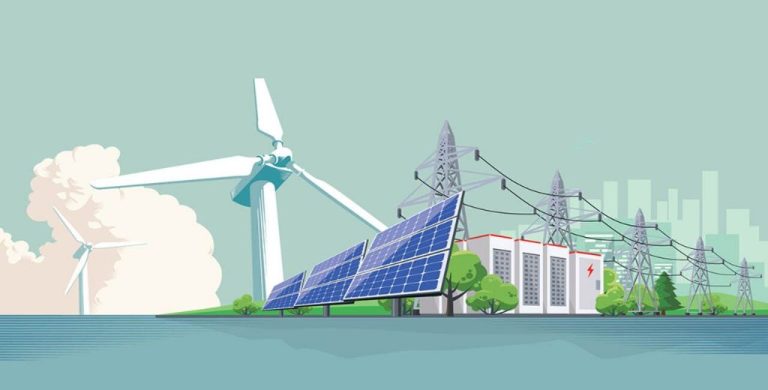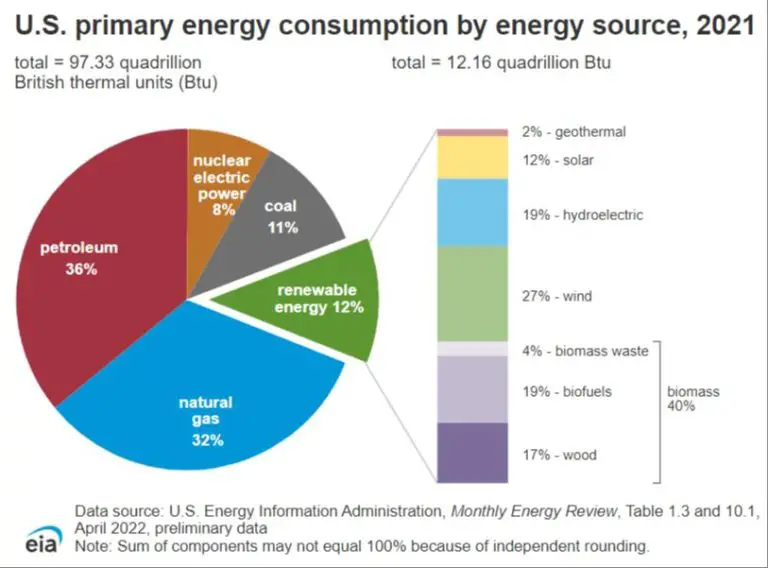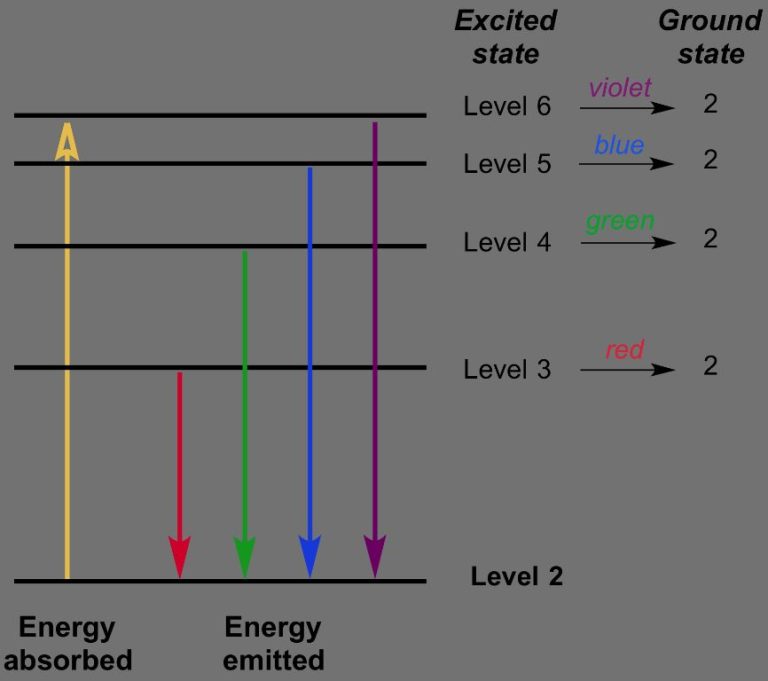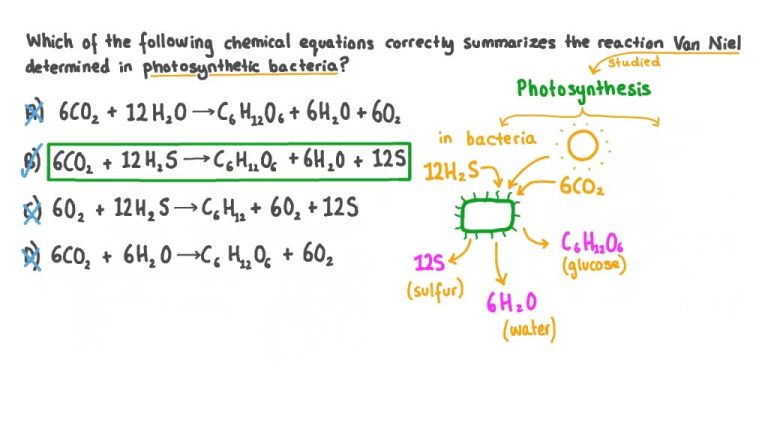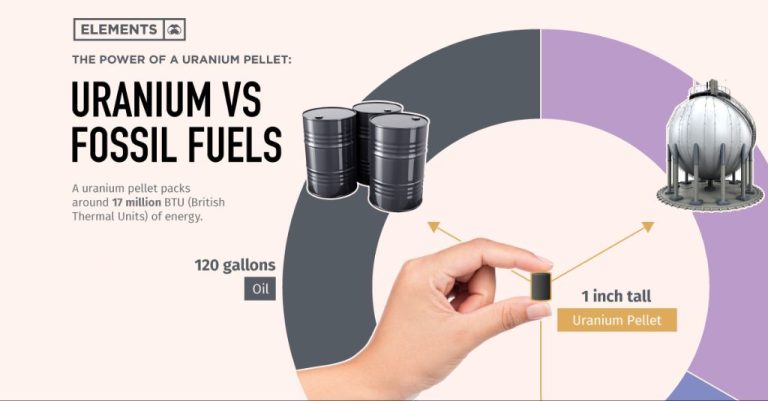What Is Energy Transforming From One To Another?
Energy is the ability to do work or produce change. Energy comes in different forms that can be converted from one form into another. The main forms that energy takes are:
- Potential Energy
- Kinetic Energy
- Chemical Energy
- Electrical Energy
- Radiant Energy
- Thermal Energy
- Nuclear Energy
Energy is never created or destroyed, it just transforms from one form into another. This article will examine the different forms energy can take and how energy converts between these different types.
Potential Energy
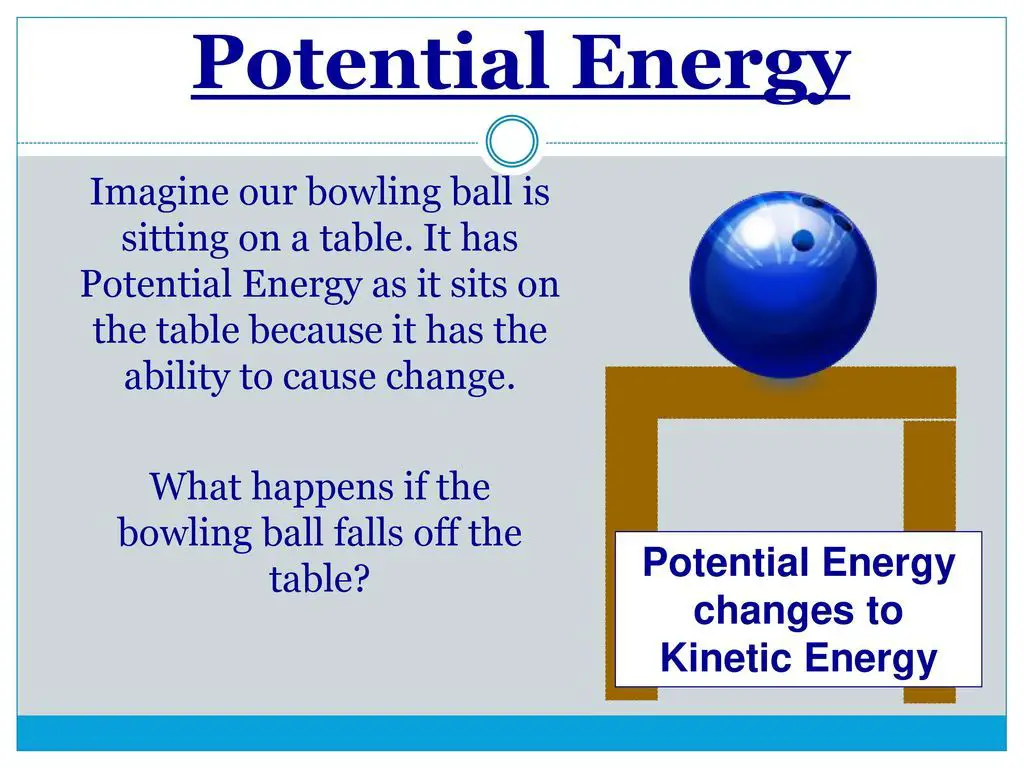
Potential energy is stored energy that an object has due to its position or state. For example, a book sitting on a table has potential energy because of its position – it has the potential to fall off the table. Other common examples of potential energy include:
- Gravitational potential energy – Objects above the ground have gravitational potential energy due to the Earth’s gravitational pull. The higher up the object, the greater its gravitational potential energy.
- Elastic potential energy – When a spring or rubber band is stretched or compressed, it stores elastic potential energy.
- Chemical potential energy – The bonds within molecules and atoms contain chemical potential energy that can be released in chemical reactions.
Potential energy is not actively being used, but has the potential to be converted into kinetic energy, which is energy of motion. Understanding potential energy is key to explaining how energy transforms between different states in the physical world.
Kinetic Energy
Kinetic energy is the energy of motion. An object that has motion – whether it is vertical or horizontal motion – has kinetic energy. The amount of kinetic energy depends on the mass and velocity of the moving object. The greater the mass and velocity, the greater the amount of kinetic energy. For example, a car moving at 60 miles per hour has more kinetic energy than a car moving at 30 miles per hour. This is because the faster moving car has greater velocity. Examples of kinetic energy include:
- A soccer ball being kicked into the goal
- A roller coaster zooming down a hill
- A bullet shooting out of a gun
- A child running on the playground
In each case, the object is in motion, either horizontally or vertically, and thus has kinetic energy. The kinetic energy comes from the object’s mass and velocity. Other examples of kinetic energy include air molecules moving around, vibrating atoms within an object, and electromagnetic radiation like light. Anything that involves motion has kinetic energy.
Chemical Energy
Chemical energy is the type of energy stored in the bonds of chemical compounds. Compounds store chemical energy in their bonds that can be released during a chemical reaction. Some examples of chemical energy include:
- Batteries – The chemical energy stored in batteries is released as electrical energy to power devices.
- Food – Food contains chemical energy that is released when digested and metabolized by the body.
- Fossil fuels like coal, oil, and natural gas – The chemical energy locked in the chemical bonds is released as heat energy when fossil fuels are burned.
- Explosives – Explosives contain unstable chemical compounds that release energy rapidly when detonated.
In each example, breaking chemical bonds releases energy in the form of heat, light, motion, electricity or a combination of these. This energy can then go on to be converted into other forms of energy.
Electrical Energy
Electrical energy is the energy carried by electrically charged particles. It is a form of energy that comes from the flow of electric charges – electrons. There are several ways to produce electrical energy:
- Batteries – Chemical reactions inside batteries release electrons, generating electricity.
- Generators – When magnets move past copper wires, it pushes electrons in the wires, generating electricity.
- Solar cells – Sunlight knocks electrons free in certain materials like silicon, generating electricity.
- Turbines – The kinetic energy of moving water, wind, or steam spins turbines connected to generators to produce electricity.
Electrical energy is very useful because we can transmit it easily through wires over long distances. It also can be converted into other useful forms of energy like light, heat, or motion. Electrical energy powers most of our modern technology and devices.
Radiant Energy
Radiant energy is a form of energy that travels through space as electromagnetic waves, including radio waves, microwaves, infrared radiation, visible light, ultraviolet radiation, x-rays, and gamma rays. Radiant energy does not rely on particles or matter to transfer it from one location to another. Instead, it can travel through a vacuum at the speed of light.
Some examples of radiant energy in everyday life include:
- Sunlight – The light and warmth we feel from the sun is radiant energy transmitted as electromagnetic waves.
- Microwaves – Microwave ovens cook food using microwaves, a type of radiant energy.
- Infrared radiation – Infrared radiation is used in night vision goggles, motion sensors, and thermal imaging.
- X-rays and Gamma rays – These high-frequency electromagnetic waves are used in medicine and security scanning.
- Radio waves – Radio and television broadcasts, cell phones, and wireless networks all rely on radio waves.
Radiant energy is unique because it can propagate through space over long distances. This allows everything from radio broadcasts to visible light from stars to reach us on Earth.
Thermal Energy
Thermal energy refers to the total kinetic and potential energy associated with the random motions and vibrations of atoms and molecules in matter. The faster atoms and molecules vibrate or move, the more thermal energy they possess. All matter consists of atoms and molecules that are in constant motion. This atomic motion generates thermal energy that is directly proportional to the temperature of matter – the higher the temperature, the greater the thermal energy. Thermal energy flows from higher temperature matter to lower temperature matter. Some examples of thermal energy include:
- The energy in a hot cup of tea that gradually cools down as it comes into thermal equilibrium with the surrounding room temperature air.
- The heat from the Sun warming the Earth and its atmosphere.
- The energy released when we burn fuels like wood or natural gas to produce heat.
- The heat generated inside Earth from radioactive decay and friction that escapes through volcanic eruptions and hot springs.
In summary, thermal energy arises from the kinetic energy of atoms and molecules and their interactions. It flows spontaneously from higher to lower temperature matter until thermal equilibrium is reached.
Nuclear Energy
Nuclear energy comes from the splitting of uranium atoms in a process called nuclear fission. Atoms are the tiny particles that make up every object in the universe. Uranium is a radioactive element that is found in rock and soil. When uranium atoms are hit by neutrons, they split apart into lighter atoms, releasing a large amount of energy in the process.
Nuclear power plants use nuclear fission to produce electricity. Fuel rods made of uranium pellets are placed in nuclear reactors, where they are bombarded by neutrons. This splits the uranium atoms and generates heat energy. The heat is used to boil water into steam, which then spins turbines to generate electricity. Nuclear power provides around 10% of the world’s electricity.
Compared to other energy sources, nuclear energy has some advantages. Nuclear power plants do not produce air pollution or carbon dioxide, so they help reduce greenhouse gas emissions. The fuel rods only need to be replaced every 1-2 years, so nuclear power requires less frequent fuel transportation than fossil fuels. Nuclear fission also produces nearly a million times more energy per unit of fuel compared to burning fossil fuels. However, nuclear energy also has some risks, such as the potential for severe accidents and the production of radioactive waste that must be stored safely. Overall, nuclear power remains a controversial energy source with both benefits and drawbacks.
Energy Conversion
Energy can transform from one form to another during energy transfers and transformations. Here are some common examples of energy converting between different forms:
Chemical to Thermal Energy
Burning wood converts the chemical energy stored in the wood’s biomass into thermal energy and light energy. The thermal energy heats the surroundings while the light energy enables the flame to be visible.
Chemical to Kinetic Energy
During cellular respiration, cells convert the chemical energy from food molecules like glucose into kinetic energy that allows muscles to move and do mechanical work.
Radiant to Thermal Energy
The radiant energy from the sun is absorbed by the Earth’s surface and converted into thermal energy, heating up the ground and atmosphere. This thermal energy powers convection cycles like sea breezes and land breezes.
Mechanical to Electrical Energy
In a hydroelectric generator, the kinetic energy of moving water pushes turbine blades, which spin a wire coil within a magnetic field to induce an electric current. This converts the mechanical energy into electrical energy.
Nuclear to Thermal Energy
In nuclear fission reactors, energy released from the splitting of uranium atoms generates extreme heat within the reactor core. This nuclear energy gets converted into thermal energy used to boil water for steam turbines.
Conclusion
In summary, energy is in constant flux, transforming from one form to another in both living and nonliving systems. Potential energy is stored energy due to position or structure that can be released as kinetic energy of motion. Chemical energy in the bonds of molecules can release electrical energy through reactions. Radiant energy like sunlight can heat objects and produce thermal energy. Nuclear processes in atomic nuclei yield huge amounts of energy. Understanding energy transformations provides insights into physics, chemistry, biology, ecology, technology, and more. The first law of thermodynamics states that energy can change form but is never created or destroyed. This article explored the different forms energy takes and how energy converts between them.

